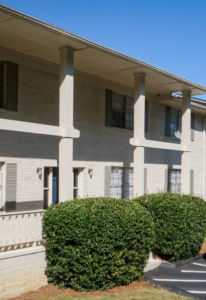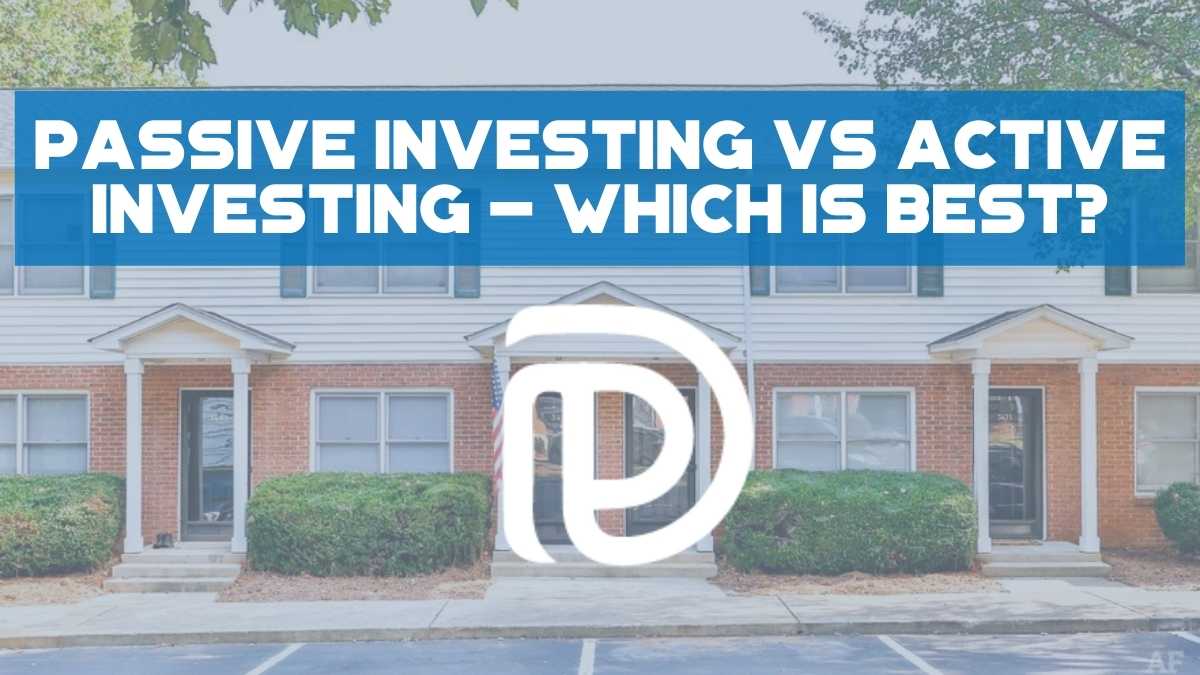Passive Investing vs Active Investing
One question that comes up quite often is this: “Hey Dr. Jeff, I’m busy seeing patients all day but don’t want to do it forever. I want to learn about real estate investing so what’s better, passive investing vs active investing?”
Specifically, they’re searching for which investment provides a better return.
New members of the Passive Investors Circle want to know if active investing in real estate is more lucrative or if passive real estate syndications are the best choice.
Major benefits of a passive real estate syndication is:
- being a true hands-off investment
- saves investors from the stress of maintenance/tenant issues/dipping cash flow
That right there can make you feel like passive investments are a better deal. As someone that continues treating patients on a full time basis, avoiding any extra stress is good news.
On the other hand, with rental properties, you have to do all the legwork. That includes finding a broker and a property manager and coordinating with lenders.
So, in exchange for all that hard work, you’d expect better returns, right?
Well not so fast. Let’s take a look….
Real Estate Syndication
First let’s review what a $50,000 real estate syndication deal would look like cashflow-wise, just so we have a comparable reference.
If I were to invest $50,000 into a real estate syndication with an 8% return, that equates about $333 per month in cash flow.
- $50,000 x 8%= $4,000 / 12 months = $333
If I could make $333 per month with a 50K investment in a real estate syndication, then a real estate rental that requires sweat equity would need to provide me more than $333 each month in order to be worth it overall.
Join the Passive Investors CircleRental Real Estate
Now, let’s take a look at one of my friend’s rental properties.
A great example to work from is her four-plex in Alabama that cost $240,000 at the time of purchase. Each of the four units rent for between $600 – $700 a month.
She put $50,000 down and wound up with mortgage payments around $1,350 a month. If you add up taxes and insurance, her monthly obligation comes out to $1,731 a month.
The whole point of owning rental property is that the rent you earn is greater than the mortgage and bills you owe on the property.
In other words, the rental needs to have some cash flow in order to work.
Here’s a detailed list of what she experienced over a four month period:
December 2018
On a month where all four units were occupied, except one didn’t pay, she had 3 rent payments come in for a total of $2,035 before expenses.
Expenses for this month included:
- management fees
- HVAC service fees
- utility fees
These combined to = $660.
$2,035 – $660 = $1,375
$1,375 sounds great, right? If she had owned the property free and clear, it would be great to pocket $1,375, but she still has to pay the mortgage ($1,731).
This means for the month of December of 2018, she actually lost money on this rental property.
Almost nothing is the same month-to-month so we need to examine a few more windows of time to really gain a clear picture.
November 2018
This was yet another month where there were four occupying tenants but only 3 rents being paid.
November’s expenses included the regular management fees, utility fees, plus an electrical repair.
The total income minus expenses came out to $1,270, which, as you know, didn’t cover the mortgage payment.
This left her in the hole $461 that month.
October 2018
Fortunately in October, all four tenants paid rent, which brought in $2,590.
The expenses were about the same as November’s (above) which brought the net operating income for October to $1,966.
After paying the mortgage, taxes, and insurance of $1,731 on that property, the cash flow was positive, $235.
September 2018
If we go back one more month to September, we see another month where all tenants paid.
In this month she had minimal maintenance issues so the income of $2,688 resulted in $586 positive cash flow after all expenses and the mortgage payment.
$586 is fantastic. But remember, this is only one of four months that shows this much in profit.
Don’t Miss Any Updates. Each week I’ll send you advice on how to reach financial independence with passive income from real estate.
Sign up for my newsletterRental Property Review

Her investment of $50,000 on a rental property yielded cash flow (rents paid minus property expenses, mortgage, taxes, and insurance) of:
- $586 in September
- $235 in October
- -$461 in November
- -$356 in December
The overall result of those four months, 2 positive and 2 negatives, was a cash flow of just $4.
You read that right. Four bucks.
Rental properties require ebbs and flows. Tenants come and go and maintenance expenses are unpredictable.
If you’re really interested in consistent cash flow in exchange for minimal work, rental properties aren’t going to be your cup of tea. Especially if you’re working full-time like myself.
Rental properties might be for you if you really want a hands-on investment and if you’re okay with having some tough months in exchange for those with positive cash flow.
You’ll just have to do everything in your power to ensure most of the months are positive to make it “worth it” long term.
Another thing to consider, we didn’t even touch on the phone calls she had to handle during this four month period regarding maintenance issues along with trying to collect rent each month.
This would be tough to do while trying to focus your attention on your patients at the same time.
Which is better? Passive Investing vs Active Investing
Everybody is different so there’s no right answer for everyone. Different strokes for different folks.
There’s value in both in passive investing vs active investing. It boils down to what you like and what’s going to help you achieve your financial goals.
Rental real estate does have a potential for greater income – if the stars align and you have a fully occupied property with low maintenance costs and tenants that pay rent.
There’s no such thing as a maintenance-free property though, and to boost rental rates, you’ll want to do some improvements here and there.
But for a busy professional, a no-hassle investment with consistent cash flow such as a real estate syndication might be your best bet.
Are you ready to start earning more income but not working harder?
Join the Passive Investors Circle today.


